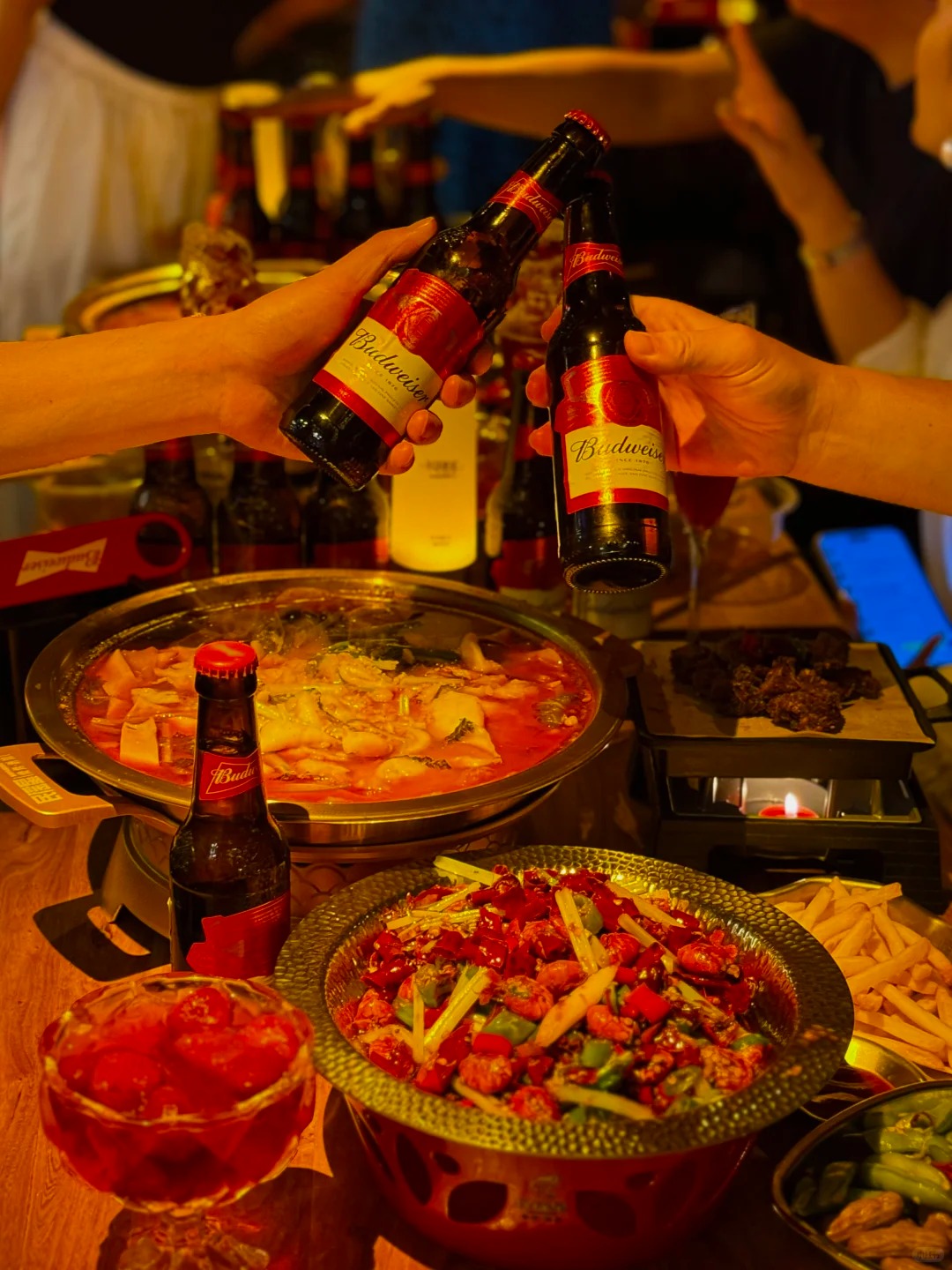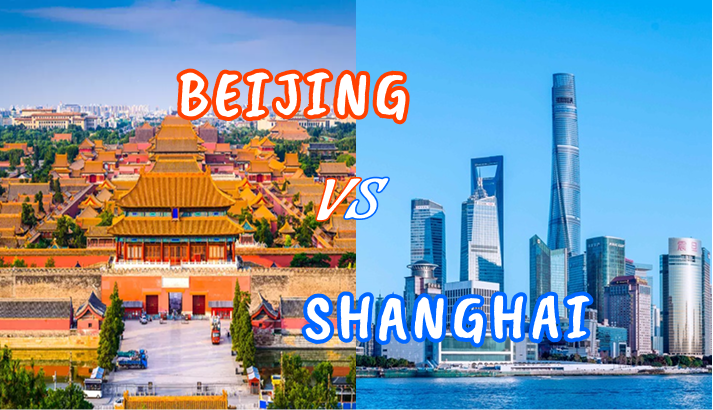Walking into pearl market shanghai is like stepping into a crossroads of noise, color, and trade. The market sits in the Hongqiao area, buzzing with vendors calling out, trays of pearls glittering under lights, and the smell of tea drifting from nearby stalls. Travelers come here not only for jewelry but also for the thrill of bargaining, with prices that shift dramatically once the conversation begins. Whether you’re planning to spend a few hundred RMB on simple souvenirs or several thousand on rare pearls, the energy of this place makes it stand apart from other shopping stops in Shanghai.
Explore the Market: Get to Know the Area
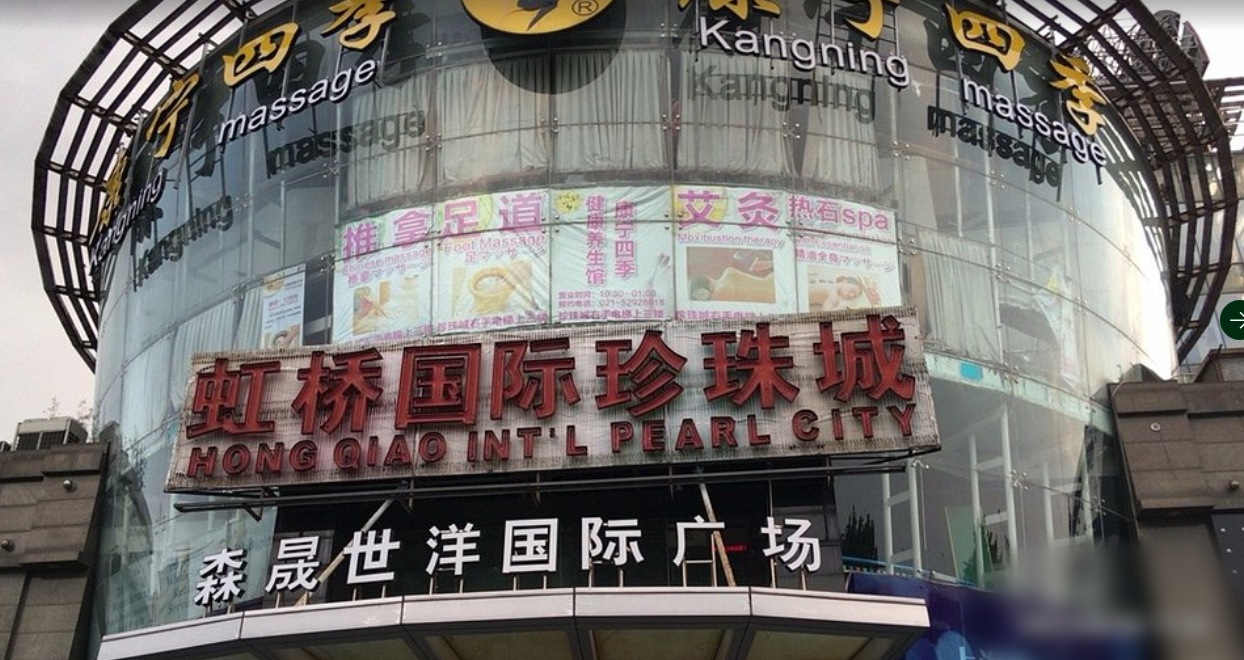
Pearl Market Shanghai
Market Introduction
Pearl Market Shanghai is much more than a shopping center. Locals sometimes call it Hongqiao Pearl Market because of its location in the Hongqiao area. Some expats also refer to it as the Hongmei Road Pearl Market. It’s a mix of jewelry counters, tailor shops, and everyday stalls. They create a buzzing atmosphere. The moment you step inside, the sound hits you. Vendors call out greetings. The clink of jewelry trays fills the air. On the ground floor, you’ll find rows upon rows of vendors. Their glass cases are filled with pearls, silk scarves, and small souvenirs. You can see everything from tea sets to intricate carvings.
Upstairs, the scene changes. You can see tailors working quickly with measuring tapes draped around their necks. Their shops are stacked with colorful bolts of fabric. They can make a custom suit or dress for you in just a few days. Laowai Street is just across the road. Its cafés and bars offer a familiar touch for expats who need a short break. This contrast between the chaotic market and the relaxed street is what I found so comforting. Exploring the Pearl Market Shanghai offers a glimpse into both sides of the city's character. It shows you the true character of this unique place.
Transport and Budget
The market sits at 3721 Hongmei Road, right in the Hongqiao area west of central Shanghai. It’s open daily, usually from morning until late evening, so visitors have plenty of flexibility. The nearest metro stop is Longxi Road, but reaching the stalls requires a 15-minute walk across busy streets that can feel tiring in summer heat. Because of that, many travelers prefer taxis, which are simple to flag down. Getting around the Hongqiao area to find Pearl Market Shanghai is easy if you plan ahead. I always carry the Chinese address (虹梅路3721) written down, which avoids confusion with drivers and makes the trip smoother.
From downtown, a ride typically costs 30–40 RMB, though traffic during rush hour can easily double the fare. Budget-conscious visitors can take Metro Line 10 to Longxi Road and walk, while those carrying shopping bags may want the comfort of a taxi. Allow at least half a day if you plan to shop seriously, and keep a budget in mind—500 to 1000 RMB is enough for souvenirs and freshwater pearls, while higher-grade pieces require more. Planning transport and money ahead keeps the visit efficient and stress-free.
Purchase Pearl Jewelry: Choose and Buy
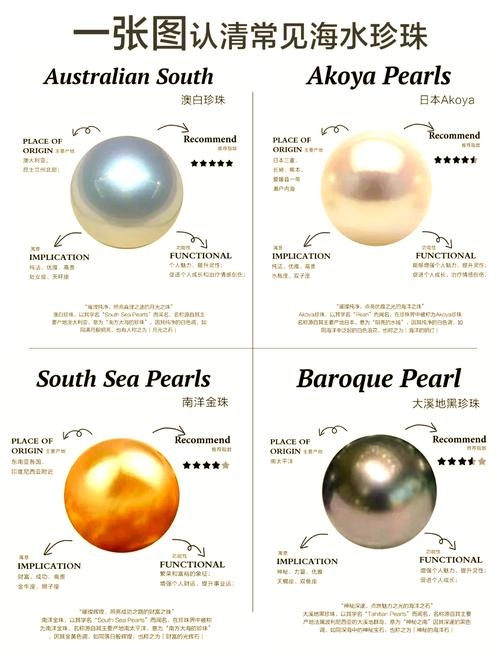
Types of Pearls
Types of Pearls
Pearls are the heart of this market. I was surprised by the wide range. South Sea White pearls are among the rarest and most luxurious, prized for their large size and silky luster. One of my most memorable finds at Pearl Market Shanghai was a single strand of dazzling South Sea whites that felt almost unreal in their glow. I once stepped into a stall called Helen’s Pearls, where elegant rows of these gems were carefully displayed. The shopkeeper encouraged me to examine them closely, pointing out how the perfectly round shape and creamy white tone set South Sea pearls apart from any other variety. Akoya pearls are smaller but prized for their sharp luster, and I noticed Abe’s Jewelry displaying rows of them with price tags starting higher. South Sea golden pearls impressed me with their large size and warm tone, while Tahitian pearls stood out with dark metallic shades that glowed under the lights.
Each type has a different price, and you can find something to match any budget. Bargaining is expected, so the first figure is rarely final. I learned that freshwater pearls can go for a few hundred RMB after negotiation, while South Sea or Tahitian pieces may climb into the thousands. Walking from stall to stall, I realized the variety wasn’t just about quality but also about the stories vendors told to convince you their pearls were the best.
| TypeStarting Price (RMB)Typical Range After Bargaining | Before | After |
|---|---|---|
| South Sea White | ¥8000+ | ¥6000–12000 |
| Akoya | ¥2000+ | ¥1500–3000 |
| South Sea | ¥5000+ | ¥4000–8000 |
| Tahitian | ¥4000+ | ¥3500–7000 |
Forms of Jewelry
You don’t just buy finished necklaces here. There are many options, and browsing them feels like a workshop. The custom design services at Pearl Market Shanghai make it a truly unique shopping destination. I loved looking at trays of loose pearls while one vendor offered to design a custom bracelet for me right at the counter. Watching him string pearls together made the process feel personal. Glass cases also displayed ready-made items—bracelets, earrings, rings, and full strands glittering under the lights.
Some stalls even offer same-day assembly, which is surprisingly fun to watch. I saw one tourist choose pearls in the morning and pick up her necklace that afternoon. This flexibility makes shopping a personal experience where you can balance price, style, and time. It’s not just about buying jewelry; it’s about seeing it come to life before your eyes.
Shopping Experience
The pearl counters are the busiest and noisiest part of the market. Vendors call out to visitors and trays are slid across counters while light bounces off piles of gems. Prices often start high—I once saw a simple freshwater strand quoted at 600 RMB, but after a little friendly back-and-forth it dropped to 300. High-grade saltwater pearls were displayed in neat rows with tags listing several thousand RMB, which felt intimidating at first.
Bargaining is not just allowed; it’s expected, and the more you walk around, the more you learn. Comparing stalls quickly taught me what a fair price looked like, and after a few conversations I started recognizing quality cues. One seller explained how to feel for surface smoothness, another showed me how luster changes under bright light. These small lessons made the hunt both educational and rewarding, and by the end I felt more confident choosing pieces that suited both my taste and budget.
Besides pearls, what else is worth bringing home? See Best Things to Buy in Shanghai 2025: Top 10 Souvenir Picks
How to Choose Pearls at Shanghai Pearl Market
Step 1: Observe the Luster
Luster is the single most important factor when judging pearls. High-quality pearls show a deep, mirror-like reflection where you can clearly see your own face. The brighter the light, the sharper this reflection becomes. In contrast, poor luster appears flat, dull, and sometimes chalky, almost like plastic. To check properly, hold the pearls under strong light and rotate them slowly. The sharper and brighter the reflection, the higher the value.
Step 2: Check the Surface
Since pearls are natural products, small imperfections are normal, but the smoother and cleaner the surface, the better the quality. Good pearls have no obvious spots, dents, or growth lines, while poor ones show visible blemishes or irregular pits. Examine every angle carefully under good lighting. Remember, flawless pearls are extremely rare and very expensive, so minor natural marks are acceptable.
Step 3: Judge the Shape
Shape is another key factor that directly affects price. Perfectly round pearls are the rarest and most valuable. However, other shapes like teardrop, oval, and baroque (irregular) are more common and can add unique charm. Your choice depends on budget and style preference. If you want a classic look, choose round pearls; if you prefer individuality, baroque pearls often stand out in creative designs.
Step 4: Feel the Color
Pearls come in a wide range of colors beyond the classic white. Pink pearls have a soft tone, golden South Sea pearls radiate luxury, and black Tahitian pearls show bold metallic hues. To judge correctly, place the pearls against a neutral or white background since lighting and surroundings can distort colors. Choose shades that suit your personal taste and skin tone, as color also plays a big role in final price.
Discover Other Treasures: Shop for More
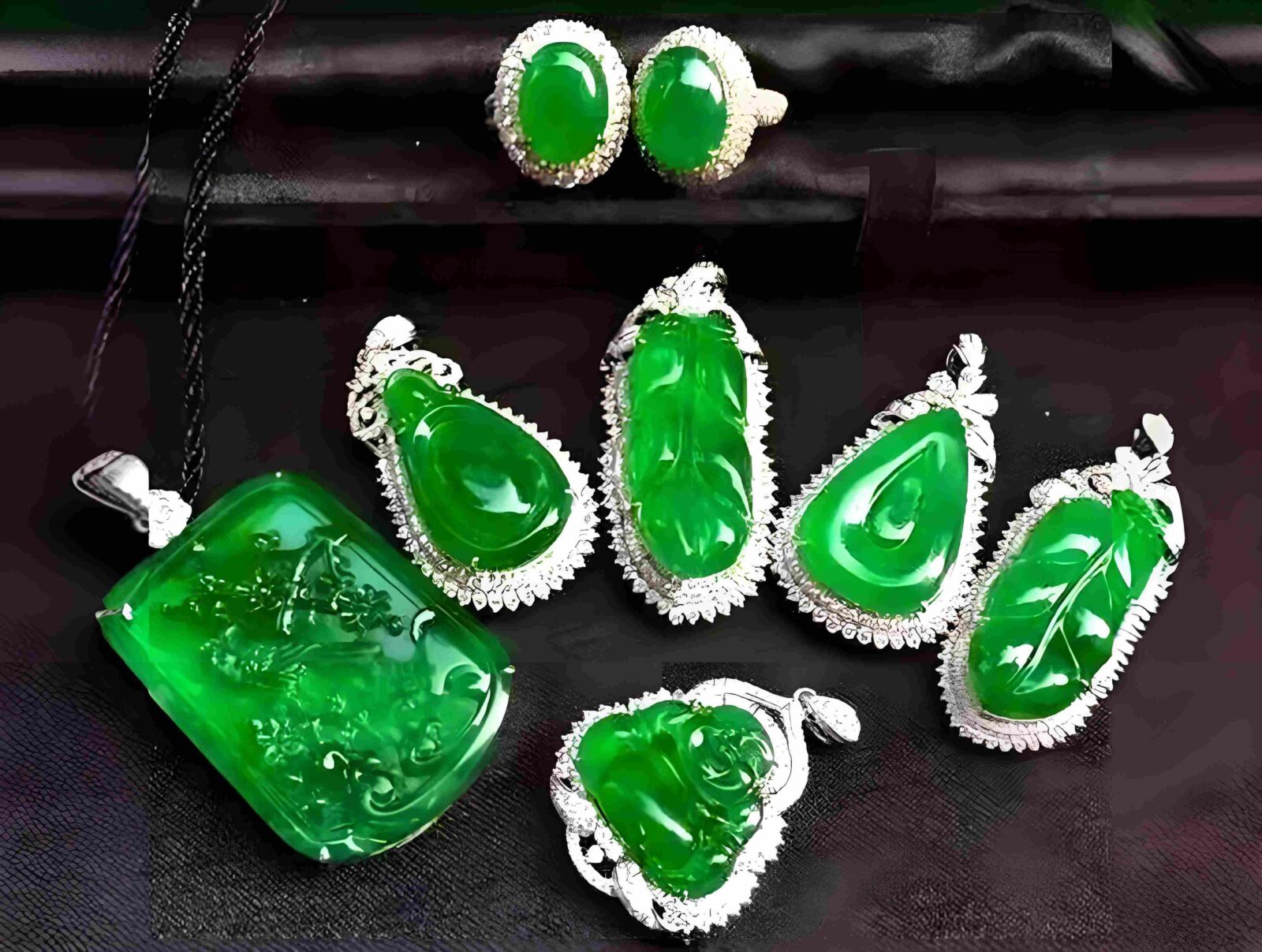
Jade
Other Jewelry and Gems
Besides pearls, I found the market filled with stalls selling other gems and jewelry, and browsing them was like stepping into small treasure boxes. One shop called Rainbow Stones had glass cases glowing with colored gems, and the owner eagerly pulled out trays for me to handle. I loved the mix—polished silver pendants next to carved ornaments, each stall giving off a slightly different feel. Some seemed aimed at tourists wanting easy souvenirs, while others showed designs with more care. The choices make this section feel alive, and it attracts not only pearl hunters but also travelers looking for something different.
I remember lingering in one stall where the vendor specialized in silver bracelets studded with tiny gemstones. She encouraged me to try them on, and while the first price was high, the moment I hesitated she lowered it quickly. That back-and-forth felt less like pressure and more like play, and I walked away with a bracelet that still feels like a personal find. These small encounters make the market experience richer and worth more than the item itself.
Jade and Jadeite
Jade holds a strong cultural place in China, symbolizing luck and purity, and its presence here is striking. I saw bangles in light green, pendants with delicate carvings, and darker jadeite pieces lined neatly across counters. Some were modestly priced trinkets, while others demanded high sums due to translucence and fine craftsmanship. What surprised me was how vendors explained meanings—dragons for power, flowers for harmony—so shopping became partly a lesson in culture.
In one corner shop called Li’s Jade, the owner invited me to examine bangles under a bright lamp. She showed how the light passed through better-quality jade and even let me compare a fake piece. That simple demonstration made the purchase feel informed, and though I didn’t buy the most expensive piece, I left feeling I had learned something. Shopping for jade here wasn’t just about owning an item, but carrying away a story with cultural weight.
Semi-Precious Stones and Silver
Trays of amethyst, citrine, agate, and amber were scattered across the market, and their vivid colors were a playful contrast to the more restrained pearls. Many were cut into beads, polished into pendants, or set into bracelets. The stalls felt bright and lively, and one even had bowls where customers could scoop their favorite stones and pay by weight. Silver jewelry sat nearby, often with intricate filigree rings and bold earrings that immediately drew attention.
I stopped at a stall called Silver Moon, where the vendor encouraged me to try on different rings. Each design was unique, and the prices were far lower than I expected. Lightweight and easy to pack, these semi-precious and silver pieces became my go-to recommendation for travelers who want variety without overspending. Walking away with a silver ring that fit perfectly felt less like buying and more like finding a little piece of the market to carry home.
Select Souvenirs: Pick Up Gifts
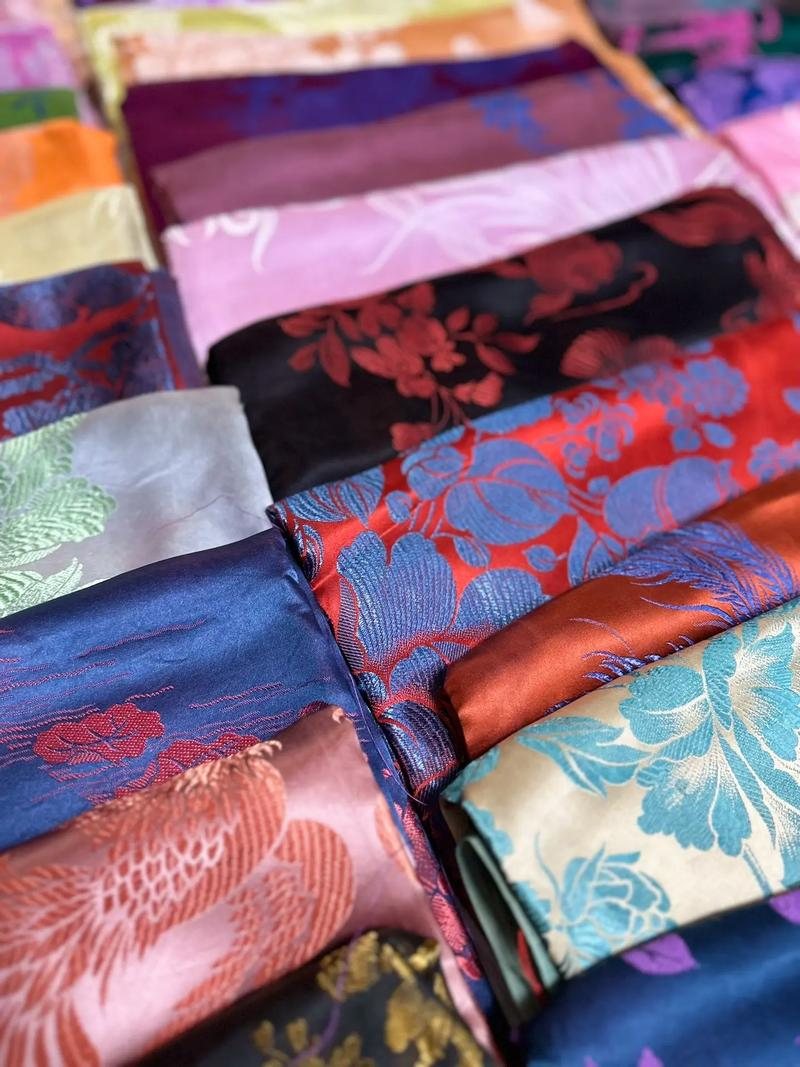
Silk Products
Silk Products
The market is known for jewelry, but silk stalls offer a softer charm. I once stepped into a shop called Mei Silk where scarves and ties were stacked in tall piles. The vendor draped a bright scarf across my shoulder, encouraging me to feel how the texture slid through my fingers. These items are light, easy to pack, and often come in bright patterns or traditional motifs. For travelers, they make practical gifts and carry a sense of Shanghai’s textile tradition.
In one corner, I compared scarves labeled as pure silk and cheaper blends. The seller demonstrated by rubbing them against my skin, showing how the real one felt cooler and smoother. That hands-on test gave me confidence, and I ended up buying a tie for 120 RMB. It wasn’t just a purchase but a memory of being guided patiently through the difference between authentic silk and imitations.
Tea
A few vendors stock Chinese teas, turning shopping breaks into small tasting sessions. At a stall called Dragon Leaf, the owner brewed fresh jasmine tea, letting the floral aroma fill the air. I also sampled the deep earthiness of pu’er and the nutty flavor of oolong. Each sip came with an explanation about storage and brewing times, making it more than a simple sale.
I left with a small tin of pu’er, about 80 RMB, after enjoying the tasting and conversation. Carrying it home felt like bringing a piece of Shanghai with me, and every time I brewed it later, it reminded me of the noise and color of the market. Buying tea here is both a purchase and a cultural exchange that lingers far beyond the trip.
Crafts and Miscellaneous
Beyond fabric and tea, stalls with handicrafts line the narrow aisles. I saw carved ornaments, painted fans, and quirky keychains squeezed between jewelry counters. One small stall called Lucky Hands sold tiny figurines of zodiac animals, each painted with bright colors. The prices were low, and the vendor was quick to wrap items carefully in paper.
I picked up a hand-painted fan for 50 RMB, which the seller explained was popular with travelers wanting something easy to carry. These small purchases may not be rare, but they capture the bustle of the market and provide gifts that feel thoughtful. The memory of chatting with the craftsman, who proudly described painting each fan by hand, made it worth far more than its price tag.
Discover Other Markets: Expand Your Shopping
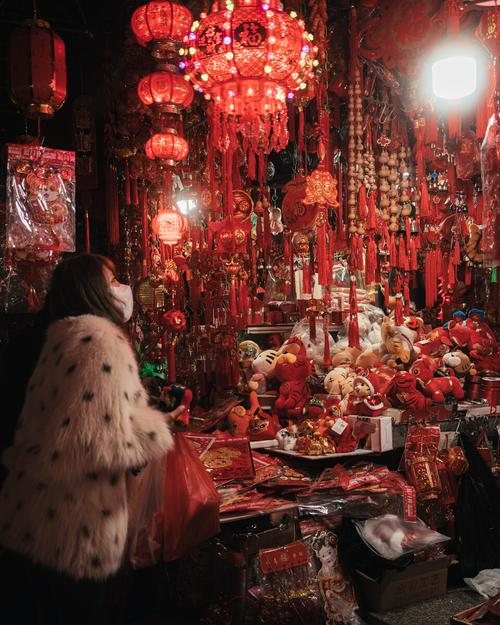
Yuyuan Bazaar
Yuyuan Bazaar (Yu Garden Market)
The Yuyuan Bazaar is one of Shanghai’s most famous tourist markets, located beside the classical Yu Garden in the old city. Here, narrow lanes are filled with stalls selling jade pendants, tea sets, calligraphy brushes, and traditional snacks. Compared with Pearl Market Shanghai, Yuyuan leans heavily toward souvenirs and cultural items rather than fine jewelry. Bargaining is possible, but prices are often inflated due to the steady flow of tourists. The bazaar feels more like a cultural showcase, while Pearl Market offers a stronger focus on pearls and tailored shopping.
AP Plaza at Shanghai Science & Technology Museum
AP Plaza, hidden underground near Century Park, is widely known as a hub for bargain hunters. The market is packed with stalls selling knock-off bags, shoes, watches, and electronics. It feels far more chaotic and aggressive than Pearl Market Shanghai, with vendors constantly calling out for attention. Prices here can drop dramatically after bargaining, but quality is inconsistent. If Pearl Market is about curated pearls and custom jewelry, AP Plaza is more about the thrill of hunting cheap deals and testing your haggling skills.
Tianzifang Market
Tianzifang, set within renovated shikumen alleyways, is less a market and more an arts-and-crafts district. Visitors find boutique shops offering handmade jewelry, quirky home décor, and contemporary art pieces. Unlike Pearl Market’s bright counters and noisy stalls, Tianzifang is calmer and more aesthetic, catering to travelers seeking creative souvenirs. The difference is clear: Pearl Market is practical and product-driven, while Tianzifang emphasizes atmosphere, creativity, and slow browsing.
Planning seven days and want a stress-free itinerary? Visit What to Do in Shanghai for a Week: A Practical 7-Day Guide
Master the Bargaining Process: Get a Great Deal
Bargaining Guide and Practical Tools
Bargaining Strategy
When shopping at Pearl Market Shanghai, it’s wise to start at 30–40% of the quoted price. This is a common practice and vendors expect it. Watch the seller’s reaction carefully: if they counter immediately with a small reduction, you can usually keep pushing. Stay calm and don’t show too much excitement for one item, otherwise the price may rise. Smart buyers compare at least three stalls before making a decision. Many seasoned visitors also recommend walking away once—vendors often call you back with a lower price.
💡 Pro Tip: Use translation or calculator apps directly during bargaining. Pleco (for Chinese phrases) and Google Translate (camera mode for tags) are especially handy. If you’re nervous, showing the number on your phone keeps negotiations clear.
Useful Phrases and Tools
A few Chinese phrases go a long way. Saying “Tai gui le” (太贵了, too expensive) or “Pian yi yi dian” (便宜一点, make it cheaper) often gets a better reaction than only using English. Pairing words with gestures makes the conversation more friendly.
💡 App Tip: Download iTranslate or keep WeChat ready for typing in Chinese—some vendors may prefer reading instead of listening. Carrying a calculator or simply opening your phone’s calculator app is normal practice. For currency, apps like XE Currency or OANDA help you quickly check the day’s exchange rate so you know the deal is fair.
Spotting Fakes
Quality varies a lot, so don’t rush. A quick “tooth test” (lightly rubbing pearls on your teeth—real ones feel gritty, fake ones feel smooth) is still reliable. Hold pearls under good lighting: real pearls show depth in luster, while plastic looks flat. Minor imperfections are normal, but if pearls look too perfect, be cautious. Clasps, stringing, and overall weight also reveal quality—better pieces feel heavier and sturdier.
💡 Verification Tip: Some buyers use mini pocket lights (available on Taobao for under 50 RMB) to test luster. You can also snap photos and compare with grading guides from sites like Pearl-Guide.com before deciding. Don’t hesitate to ask vendors for comparisons—they are used to it, and many will happily explain differences to win trust.
FAQs for First-Time Visitors to Find Key Information
Q: What’s the best time of day to visit Pearl Market Shanghai?
Morning hours between 10 and 12 tend to be the most relaxed, with most vendors already open and fewer crowds pushing through the aisles. A well-timed visit to Pearl Market Shanghai can make a huge difference in your shopping experience. Later in the afternoon, especially on weekends, the atmosphere can feel more hectic, and some smaller stalls even start packing up before closing time. Going earlier also gives you the first pick of fresh stock, which can matter if you’re looking for specific sizes or colors.
Q: How much money should I set aside for pearls here?
For basic freshwater strands you might see quotes around 200–400 RMB, but don’t be surprised when the first number is much higher. Saltwater pearls, such as Akoya or South Sea, usually begin above 2,000 RMB and can climb far beyond depending on luster and size. Budgeting at least a few hundred for casual pieces and a couple of thousand for finer strands keeps you on safe ground. If you’re planning multiple gifts, having cash set aside makes bargaining smoother.
Q: Do foreigners need to worry about bargaining safety?
Bargaining is part of the culture here, and vendors expect it. Most treat it like a friendly game, but you should keep your tone polite and avoid being aggressive. It’s common for a seller to laugh and counter-offer when you start low, so don’t take it personally. As long as you stay respectful, there’s no real risk—just remember that walking away is sometimes the best tactic if the price feels wrong.
Q: Can I use Visa or Mastercard, or should I bring cash?
Some of the larger shops accept international cards, though machines can be temperamental and staff might prefer cash. Carrying RMB usually secures a faster transaction and sometimes a discount. If you’ve set up Alipay or WeChat Pay with an international card, that can also work, but connection issues do happen. Having a mix—cash for small stalls and a card for bigger purchases—keeps things simple.
Q: Are the pearls genuine?
Most vendors sell real pearls, though quality ranges widely. A quick way to check is the tooth test: rubbing lightly against your teeth should feel gritty, not smooth. Sellers may even demonstrate by scratching with scissors to show the powdery residue. Higher-end shops on the edges of the second floor usually stock better-grade pearls, while central stalls often have mixed quality. Don’t rush; compare a few options before settling.
Q: Is it family-friendly?
Yes, especially since the Science and Technology Museum sits right above the market. Parents often bring kids to explore the exhibits while one adult shops below. The market itself can be crowded but isn’t unsafe, and tea shops on the first floor give children a chance to rest. It’s noisy and lively, but families do visit together without issue.
Q: How do I know if I’m getting a fair deal?
Expect the first price to be inflated, sometimes by three or four times. A safe approach is to counter at 30–40% and slowly work upward. If the seller agrees too quickly, you probably could have gone lower. Watching other customers and comparing across stalls helps you spot realistic ranges. After a few rounds you’ll get a feel for what a fair price looks like.
Q: What else is worth buying here?
Beyond pearls, shoppers often recommend silk scarves, bedding, and tailor-made clothing. Tea stalls on the first floor are a pleasant surprise, with owners offering samples before you buy. Some travelers also pick up small electronics or souvenirs, though the real value lies in items with cultural touch—silk and tea are easier to carry home and more memorable.
Q: How far is it from downtown Shanghai?
The market is in the Hongqiao area, about a 20–30 minute taxi ride from People’s Square when traffic flows smoothly. During rush hour, the ride can stretch past 40 minutes. The metro is cheaper but less direct, with a walk required from Longxi Road Station. Most visitors prefer taxis for convenience, especially if carrying shopping bags.
Q: Can I buy wholesale?
Yes, some vendors will discuss bulk deals if you show genuine intent, but the selection is limited compared to larger wholesale hubs. For serious buying, traders often recommend Zhuji in Zhejiang Province, where pearls are farmed and sold at scale. Still, Pearl Market Shanghai can be a good place to test samples, build initial contacts, and negotiate smaller wholesale quantities. Pearl Market Shanghai can be a good place to test samples, build initial contacts, and negotiate smaller wholesale quantities.
